Shrinking supply
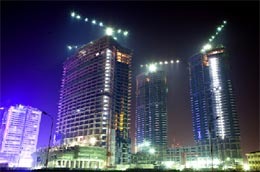 |
| Hanoi’s real estate market is forecast to be more active in the second quarter of the year, and in the short term prices in both the secondary and primary markets will remain stable. Photo: Viet Tuan. |
In the latter part of 2009 and the first quarter of 2010 Hanoi’s real estate market saw a fall in supply in the high-end apartment segment, with buyers having to queue and wait a very long time. The focus of developments has also moved from the central business district to the emerging western districts of Cau Giay and Tu Liem, with several key projects driving current and future supply, including Indochina Plaza Hanoi, Habico Tower and Keangnam Landmark Tower. “The recent release to the market of the final phase of Keangnam Hanoi Landmark Tower proves that confidence is being restored among developers,” said Mr Khuat Huu Vu Trung, an analyst in the Valuation & Market Research Department at real estate specialists Colliers International. “The recent breaking ground at the high-end Park City development in Ha Dong shows confidence in the sector in the outlying districts.”
The quantitative picture for the high-end apartment segment in Hanoi became clearer in the first quarter, when most major property managers like Colliers International, CB Richard Ellis, Savills Vietnam, and Cushman & Wakefield Vietnam released their quarterly reports. According to Cushman & Wakefield Vietnam, in the first quarter about 1,200 units were sold, of which 15 per cent were Grade A, 37 per cent Grade B and 48 per cent Grade C. The primary asking price ranged between $1,600 to 3,700, $1,100 to 1,900 and $500 to 1,200 per sq m, respectively. Most projects with apartments to sell were in the west of Hanoi and in Ha Dong.
Savills Vietnam said in its 2010 first quarter report that in the previous quarter the number of apartments sold was roughly 1,460. Gia Lam, Thanh Xuan and Dong Da districts performed quite well, with 100 per cent of the supply sold within the first quarter of 2010. “It should be noted that all new active projects in Gia Lam and Thanh Xuan had the majority of apartments sold in the form of capital contribution contracts before the official sales launch,” the report adds. In the secondary market, Hoang Mai is the only district showing a slight decrease in the average secondary asking price during the first three months. The average secondary asking prices in the other ten districts saw an increase in the range of 2 to 12 per cent against the previous quarter, according to Savills.
It also forecast that the primary market in the second quarter of 2010 could receive a new supply of about 1,990 units from seven projects. The latter half of this year may see new supply of nearly 2,000 units from nine projects. Furthermore, the primary market is expected to receive about 10,900 units by 2011. An undetermined number of apartments in new urban areas is also expected to contribute to future supply. These are good signs for the high-end market. Despite the fall in supply there are still many sources available. But there are different views as to whether higher prices have triggered a decline in demand for high-end apartments. “We see demand decreasing in the high-end market because of oversupply, personal income taxes, the devaluation of the Vietnam dong, higher interest rates and also less speculation,” said Ms Julia Park, the Hanoi-based Associate Director of Cushman & Wakefield Vietnam.
Last October the high-end market was very hot but after that the sales performance slowed down. Many apartment projects in Hanoi will start providing products in 2010. It is forecast that it will be more difficult for the investors to sell high-end products. In its quarterly report, CB Richard Ellis, one of the market leaders in real estate sales, lettings, research, valuation and property management, remarked that there is lower demand for units priced above $1,500 per square metre and there has been a re-launch of several high-end projects due to slow sales.
Looking at Ho Chi Minh City’s real estate market, there are a number of properties offering promotions in an attempt to secure purchasers. These include offering winners of a prize draw a 50 per cent discount on their apartment, and others cash gift cards. “Hanoi is traditionally a smaller market than Ho Chi Minh City and developers are actually building to meet demand in the low- to mid-end market,” said Mr Trung. “This may help them avoid the need for promotions.” He also remarked that “if developers want to secure higher prices or quicker sales, promotional tactics may need to be employed. In the high-end market, promotional gifts can create a buzz around a development and increase demand.”
In Ms Park’s view, investors have more to worry about. “I find that usually the Hanoi market follows the trends of the Ho Chi Minh City market,” she said. “It is now happening in Hanoi’s high-end apartment segment. In Ho Chi Minh City, sales performance is very slow and developers are applying a lot of promotions and are adjusting the sale price as well. In the next three years there will be approximately 19,000 units of all grades. Developers in Hanoi will definitely have to have some kind of promotion or price correction, otherwise it will be quite hard to sell the apartments in the future.”
It is clear that foreign investors have driven Vietnamese companies to join the market. More and more Vietnamese companies now have products to compete in the mid- to high-end apartment segment. In August 2009, Song Da Thang Long JSC under the Song Da Group began the construction of U-Silk City, on 19 hectares. The new urban area includes 13 blocks of 25 to 52 storeys, with investment capital of VND10,000 billion ($526.3 million). The apartments are believed to be selling for more than $1,500 per sq m.
While demand for high-end apartments has fallen, demand in the low-end segment (less than $1,000 per sq m) has been increasing as speculators and real buyers can now afford the price. Recently, apartments in Tincom Tower and AZ Land quickly sold out. According to CBRE, in the primary market 73 per cent of new launches were within a price range of $700-900 per sq m. Improved infrastructure and public transport will allow more options for residential locations, creating more competition. Buyers will make decisions based on public facilities, services, and quality. According to Ms Park, the low-end market is primarily available for speculators rather than end users due to the limited availability of information and accessibility to end users.
The mid- to high-end market is mostly developed by foreign developers and will see slow sales performance at current price levels. However, the fundamental problem is that it is hard for these developers to build low-end products due to expensive land prices. Therefore, in this popular segment, where supply is still much lower than demand, the playground is still the domain of domestic companies.
Hanoi’s real estate market is forecast to be more active in the second quarter of the year, and in the short term prices in both the secondary and primary markets will remain stable. Speculators and investors still play an important role in almost all projects. Savills Vietnam’s report states that the “property market may attract a number of investors who seek new investment channels after all gold trading floors are closed on March 30, 2010, under a Prime Ministerial decision.”
What the stars mean:
★ Poor ★ ★ Promising ★★★ Good ★★★★ Very good ★★★★★ Exceptional
Latest News
More News
- Trump's trade policies could shape Vietnam's economic outlook: Dragon Capital (November 15, 2024 | 16:56)
- The One Destination partners with Singapore investor and institutional fund to build ESG real estate complex (November 11, 2024 | 10:32)
- Stabilising measures must sit alongside land price hikes (November 07, 2024 | 09:56)
- CapitaLand Development records strong bookings for Orchard Hill (November 07, 2024 | 08:19)
- Public transport and real estate: The rise of Transit Oriented Development (November 05, 2024 | 15:06)
- Funding flows to second-tier localities (November 03, 2024 | 15:24)
- Hanoi has long road to travel in becoming a smart city (November 03, 2024 | 15:00)
- Nam Long Group hands over keys to Akari City Phase 2 (October 30, 2024 | 18:29)
- KTG Industrial expands industrial footprint at Taitronics 2024 (October 29, 2024 | 14:46)
- Deal signed for sustainable development at Prodezi Eco-Industrial Park (October 26, 2024 | 10:02)




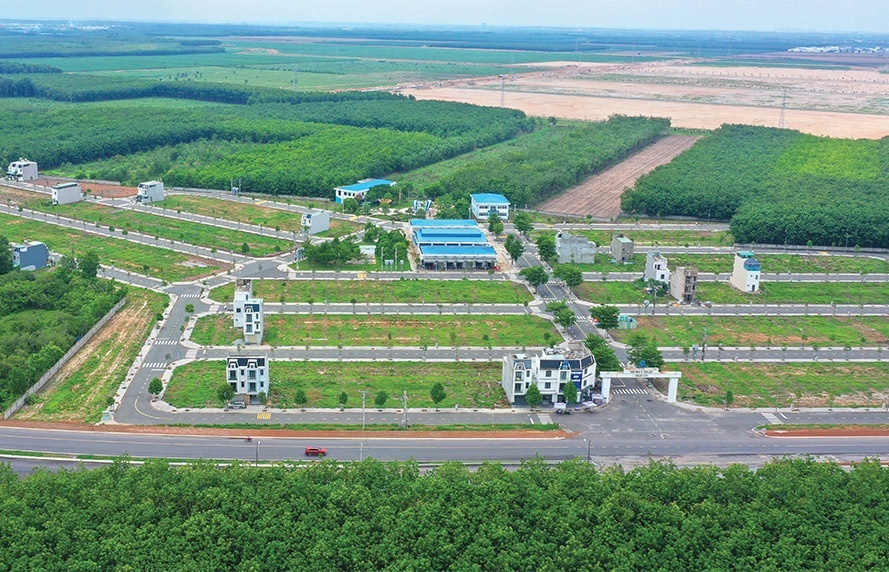


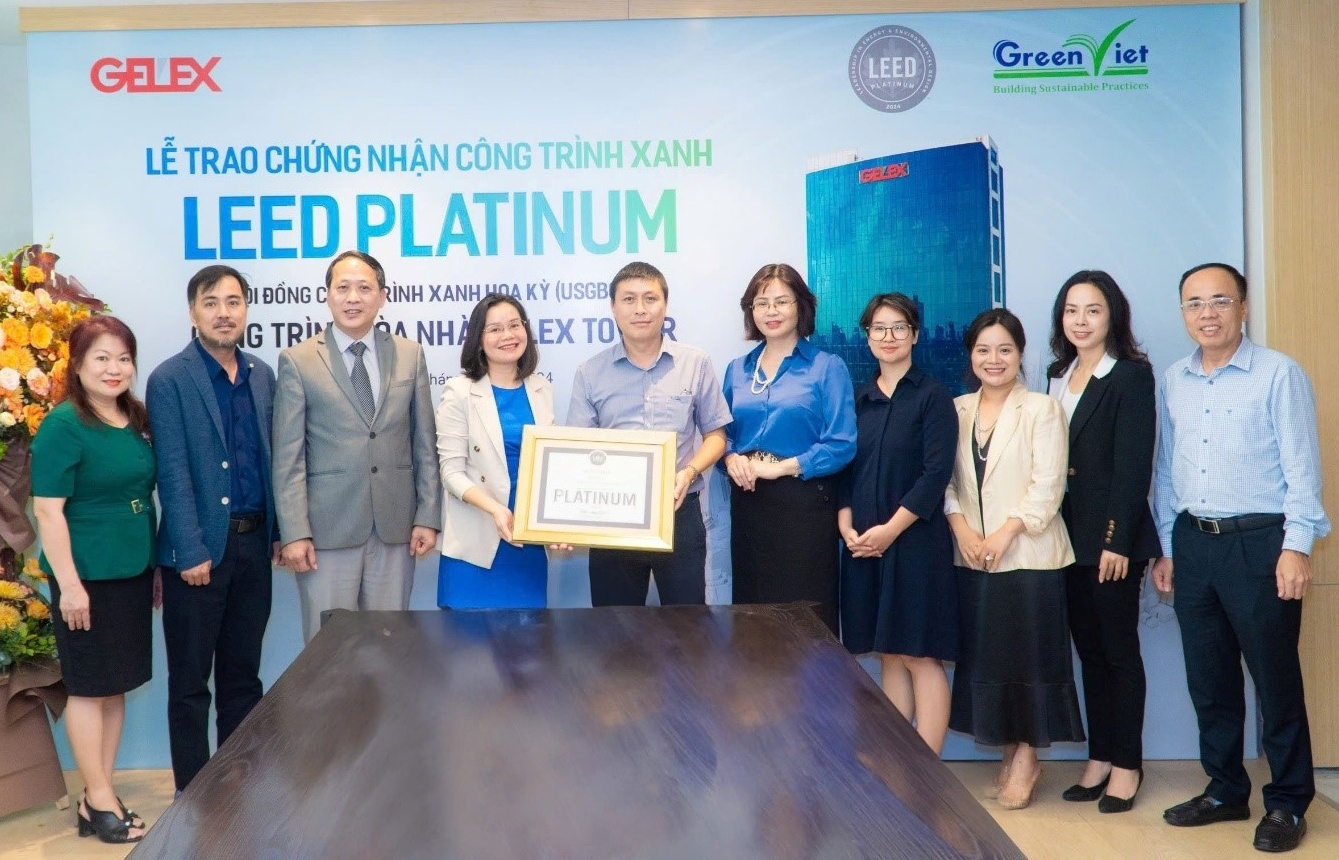
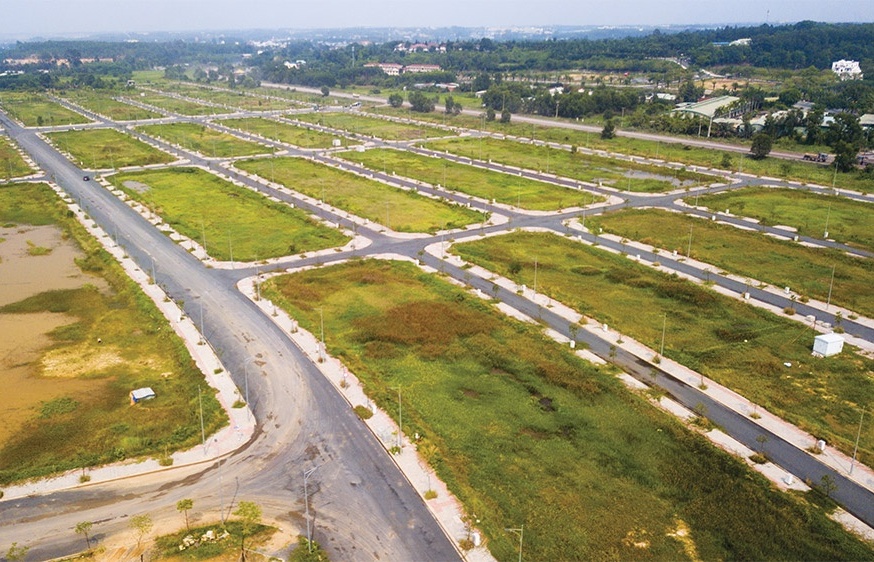
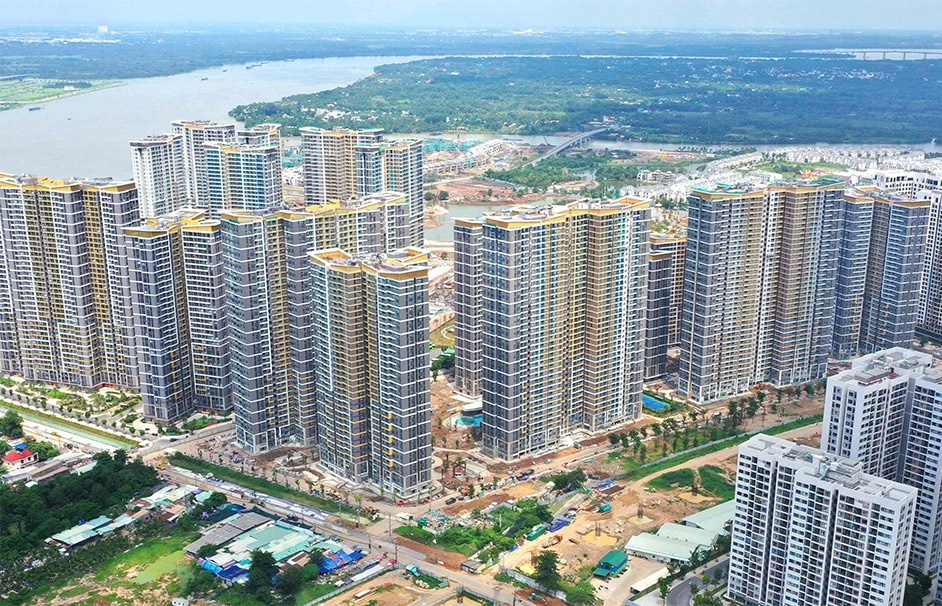









 Mobile Version
Mobile Version